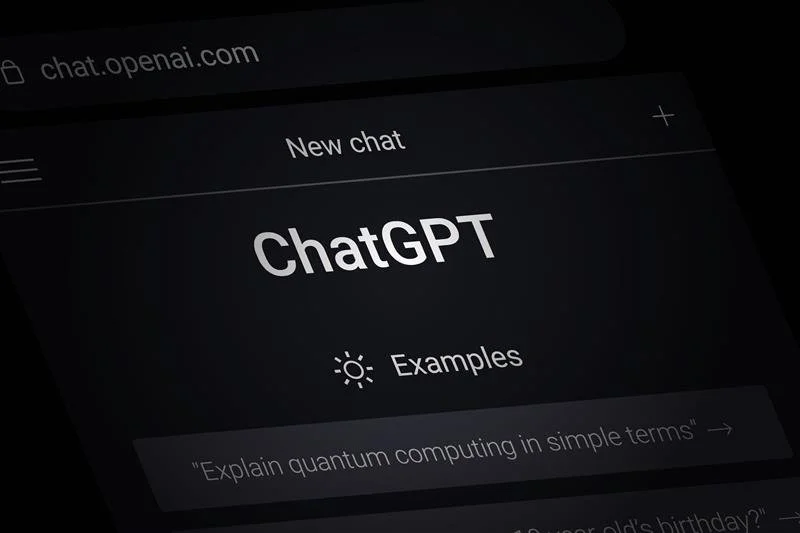Now Hiring: Someone to Blame When the Bots Mess Up
Ryan Gajewski is the Chief Strategy Officer at Truscott Rossman. He has a background in content creation and is a driving force behind our adoption of artificial intelligence technologies.
“AI might take your job,” declares Robert Capps in his recent New York Times Magazine feature, “but here are 22 new ones it could give you.” Naturally, I gathered Allie and Jeremy—two of the more gainfully employed humans I know—and we sat down to see what these AI-age careers might mean for the rest of us who aren’t ready to submit our résumés to our robot overlords just yet.
Category 1: Trust-Based Jobs (a.k.a., Meet Your AI Sin Eater)
Capps outlines one role called the “legal guarantor”, a person who takes responsibility for AI-generated legal content—a sort of fall guy for GPT’s legal hallucinations. Allie immediately drew a parallel to medical hierarchies: just as nurse practitioners fill a space between doctors and RNs, maybe paralegals will evolve into licensed AI legal validators. But we all fixated on the more colorful description: this person is the “sin eater” of the AI age.
“So… colonial, possibly Catholic, definitely hungry,” Allie mused, imagining someone literally eating legally transgressive cookies for the greater good.
We agreed it was a strangely noble gig. If a bot wrote your will and forgot to include your favorite niece, someone—a warm-blooded someone—would have to answer for that in probate court. It’s the gig economy version of culpability, and honestly, in today’s market, it could be a vibe.
Category 2: Integration & Technical (Now Featuring the Drug Compliance Optimizer)
Next came the integration category, where titles like AI trainer, AI assessor, and AI/human evaluation specialist sound plausible—if a little clinical. But one standout was the drug compliance optimizer, a role built around making sure AI-driven systems remind people to take their meds.
Here, Allie absolutely lit up. Apparently, she’s been waiting her entire life to go off about how Medicare reimbursements are impacted by whether you pick up your prescription on time. “You ever get nagged by your pharmacy to come pick up your statins? That’s not just customer service. That’s compliance math.”
Even more meta was the AI/human evaluator, someone who evaluates whether the bots or the people (or some hybrid) are doing better work. Like a vibe checker for automation? Yes. But paid.
Category 3: Taste & Creativity (AKA: Designer, But Make It Meta)
Ah, taste. Where AI still can’t compete—allegedly.
This final category brought us terms like differentiation designer, product designer (2.0), and world designer—jobs that lean into the uniquely human ability to know what looks cool, sounds good, or feels right.
The conversation turned philosophical. Allie argued that while she doesn’t think of herself as having “artistic taste,” she often leans on AI to help with decisions—framing a photo, choosing complementary colors. “But that’s not the same as having taste,” I said. “That’s asking for help from something that’s trained on people with taste.” And so we touched the third rail of the AI debate: Can a tool trained on human creativity ever lead it?
Maybe these jobs aren’t brand-new. Maybe the future isn’t filled with synthetic relationship counselors and prompt archaeologists. Maybe it’s just us, doing what we already do—adapting. Like giving ChatGPT your basement gym equipment list and asking it to build your workout plan (yes, that happened).
Capps’ article framed these roles as if we’re on the brink of a radical new job frontier. But our takeaway was a little more grounded. These roles are already emerging—some of us are already doing them. AI won’t replace us meat bags wholesale. It’ll force us to clarify what we’re for: judgment, trust, design, nuance.
And maybe also being the guy who eats the AI sins. Just in case.
Ready to see how an AI-powered approach can elevate your content strategy? Contact our team today to explore the possibilities.


